[Home] | [All Original Characters]
The Unconventional Desires
The Unconventional Desires are a fictional hard rock band established in Cambridge, England, in 1966, and would produce music up until 1978. At a meta level, they take particular inspiration from Pink Floyd, The Who, and The Doors; at an in-universe level, they would draw inspriration from the likes of Johnny Kidd and the Pirates, Duane Eddy, and early Rhythm and Blues derived rock from the likes of Fats Domino and Little Richard.
The following is a Wiki-style article that I spent way too much time on.
With a lineup consisting of frontman Rob Aven, guitarist Benny Gilbert, bassist Sydney Maples, keyboardist Nolan Sjöberg and drummer Buck Wilder, they were a musical group frought with creative tensions, but genuine talent and would become a driving force within their genre.
1966-68: Early years
The band formally formed under the construction of Sydney Maples and Buck Wilder during their first year at the University of Cambridge, in the winter of 1964. Wilder, age 18, was studying anthropology, and Maples, 17, was studying journalism, having finished school a year early. The two became on-again, off-again performers together with an ever-changing slew of guitarists and vocalists, performing at student functions and clubs in Cambridge. The lineup solidified when Rob Aven, 19, joined as a lead vocalist in the early months of 1965, followed by 19 year old Swedish exchange student Nolan Sjöberg, now taking on the name Pincushion Four. Aven led on guitar until the August of ‘65 when then-15 year old Benjamin Gilbert, younger sibling of one of Aven’s girlfriends, offered to take over. Despite being so young, the band was impressed by his skills and allowed him to join.
Between August of 1965 and September of 1966 the band continued performing in venues that began to increase in size. A devoted following attended shows that became almost nightly at the behest of Gilbert’s family. In the spring of 1966 they solidified as a regular Friday night fixture in Peachtree Hotel in Soho, and then a few weeks later, a Saturday night fixture at the Nightingale Club in Luton. At both locations they played mostly covers, though some singles co-written between Maples and Aven began making their way into the sets. Their success only furthered with overwhelmingly positive reviews in Melody Maker and other such magazines. Their first manager who would turn producer, Richard Williams, officially acquired the band on 24 September 1966 following a show at the Nightingale.
First singles and signing
Williams was eager to pick up the band, promising fame and fortune abound. He had familial connections with Aries Rising Studios, which was searching for a new act to corner the teenage market. The band was signed in late November 1966 and began recording their first singles, which would appear on the debut album, in December. The double A-side Fruit Salad and Purling Away with Aunt Belinda was released 6 February 1967, followed by Wish Me Luck backed by Blue Moon on 10 April 1967. The band was well received, Fruit Salad reaching the UK top 10 within weeks of release, spurned on by the BBC’s shocking support. The band was seen, for now, as family-friendly and playable on the radio.
The Unconventional Desires
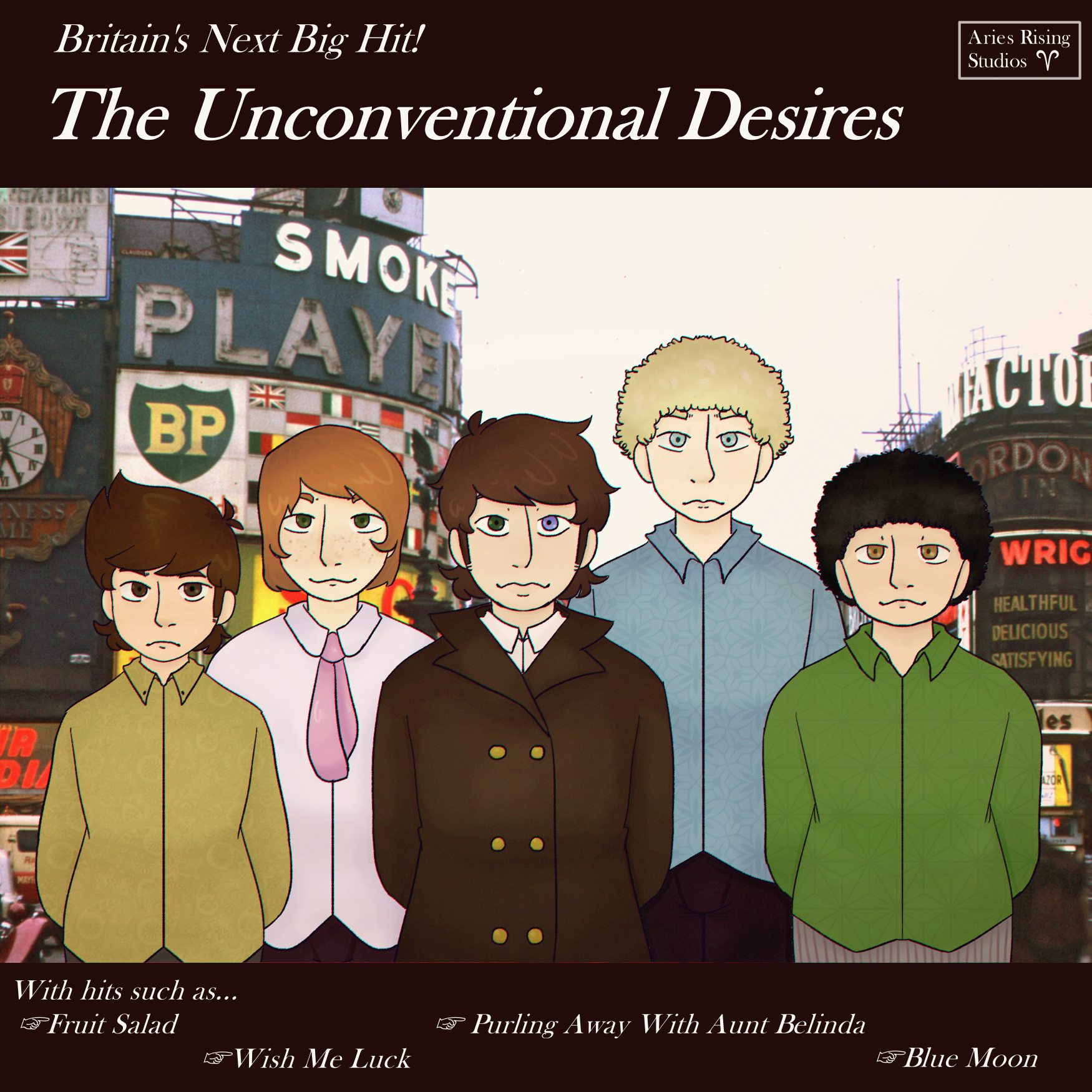
Recorded between 15 December 1966 and 21 April 1967, The Unconventional Desires sessions were considered a harmonious time for the band, albeit marked by frustrations regarding subpar recording equipment and management. Aven took on a majority of the songwriting, with help from Maples and Gilbert on three out of the eight tracks. It was an easy transition for the band, given four tracks had been written and performed in the years before signing.
Upon release, the album was warmly received in the United Kingdom for its light, non-controversial lyrics that contrasted from a majority of pop music of the time. Melody Maker generally gave the album and its singles good reviews, though, like many other magazines and broadcast interviews, it was marked that the sound quality was generally poor. Later remasters would remedy this.
Hometown Meltdown
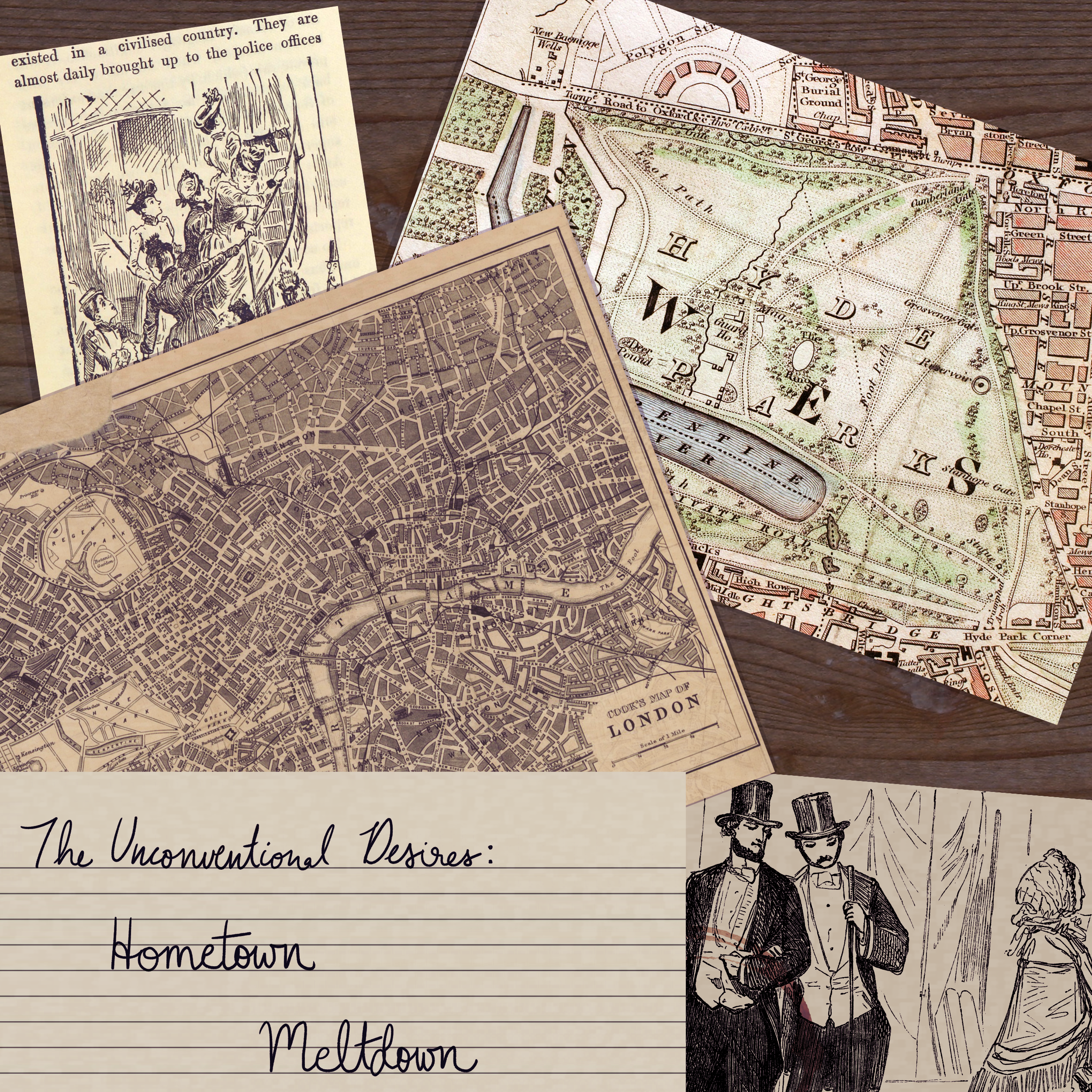
Even while on their first official tour, Aven and Maples didn’t relent their songwriting, taking inspiration from the places they visited and the people they met. Most notably, the title track from their sophomore album would be inspired by the highway towns they encountered throughout the United States and the distinct cultural differences they had when compared to the cities they performed in.
Recording would officially begin four months following their return home, but in those months, a great deal of smaller gigs would be taking place throughout the UK to test out new tracks for audiences. It was at this point, with some difficulty, Sjöberg was granted full British citizenship, whereas he had been staying on a student and later work visa. Hometown Meltdown was completed in September of 1968 and released two months later on 20 November 1968.
1969-74: Formative years and split from Aries Rising Studios
The Western Front
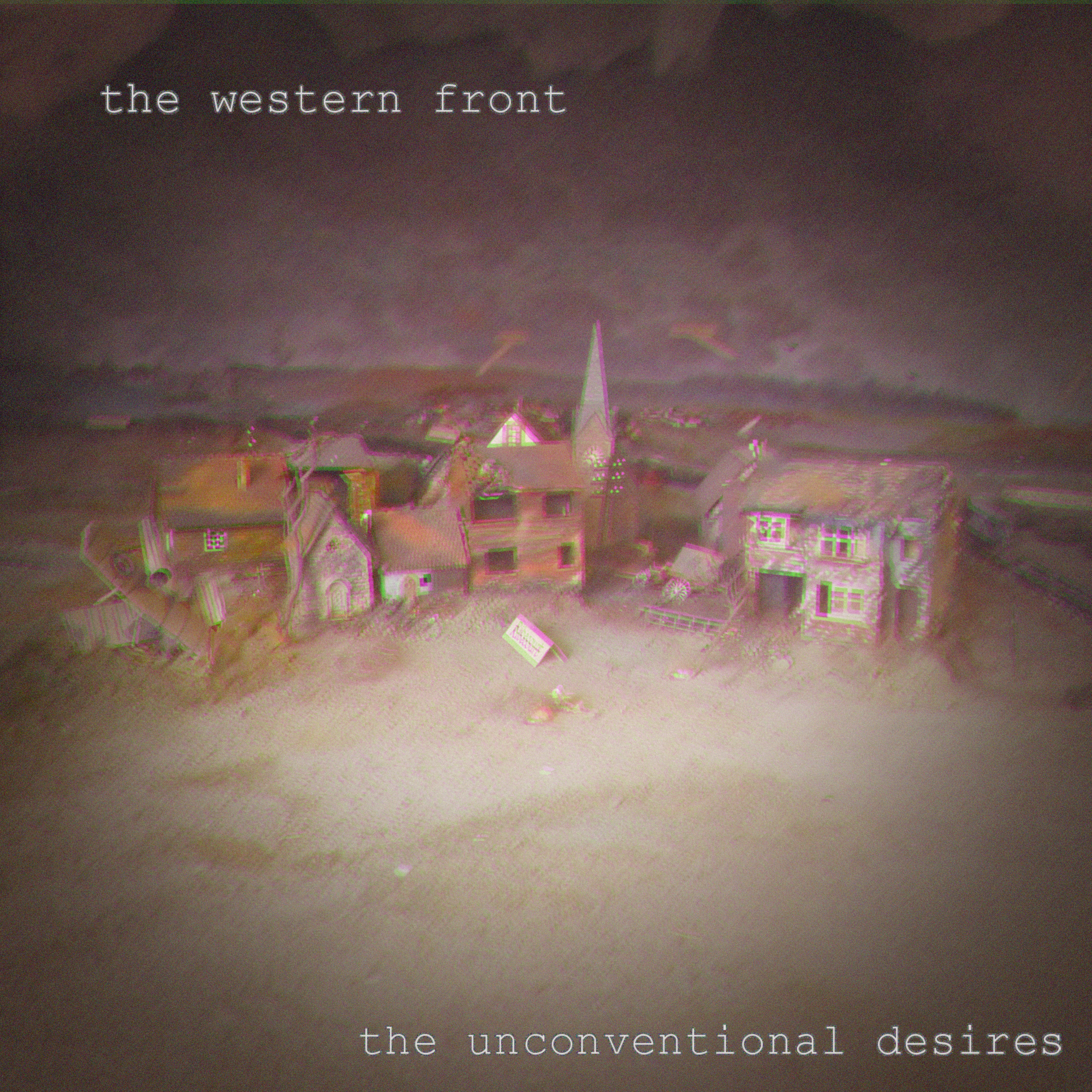
The effort of five months, The Western Front (1970) is considered the band’s most well known and most well received album. An early concept was devised between Aven and Maples during the 1967-68 world tour stops in France, Germany, and Italy. As stated by Maples, “while we were all going through Italy, my grandmum made sure we’d stop in the Vatican and so we did. We’d just flown in from Berlin where we could still see wreckage ‘cross the wall, and the week before we’d been in Paris and this clash of my upbringing and all the sights changing so quickly… [it] really made a mark”. It was brought up to Aven, and very quickly a rough draft of the concept was laid out. It would remain untouched until September 1969 when the tracks would be fully written, and recording could begin in November of the same year.
Production of the album was slowed in major part by the financial excesses of producer Richard Williams and the technical limitations of Aries Rising. Tensions of two years came to a head just before Christmas of 1969, and the band threatened, despite contract, to not return following the holiday pause. During this time, the band found refuge at Moonlight Records in London, and the contract was broken in January of 1970 so the band could migrate south. The tracks that had been recorded at Aries Rising had to be re-recorded at the new studio, with the demos used as framework. The album, however, was finished on time in April for its May release.
The themes of The Western Front touch primarily on the effects of war, taking inspiration from the biblical book of Revelations and the novel All Quiet on the Western Front by Erich Maria Remarque. It was well received by critics upon its May 1970 release and continues to be heralded as one of the best albums of 1970.
Forgive Me My Nonsense
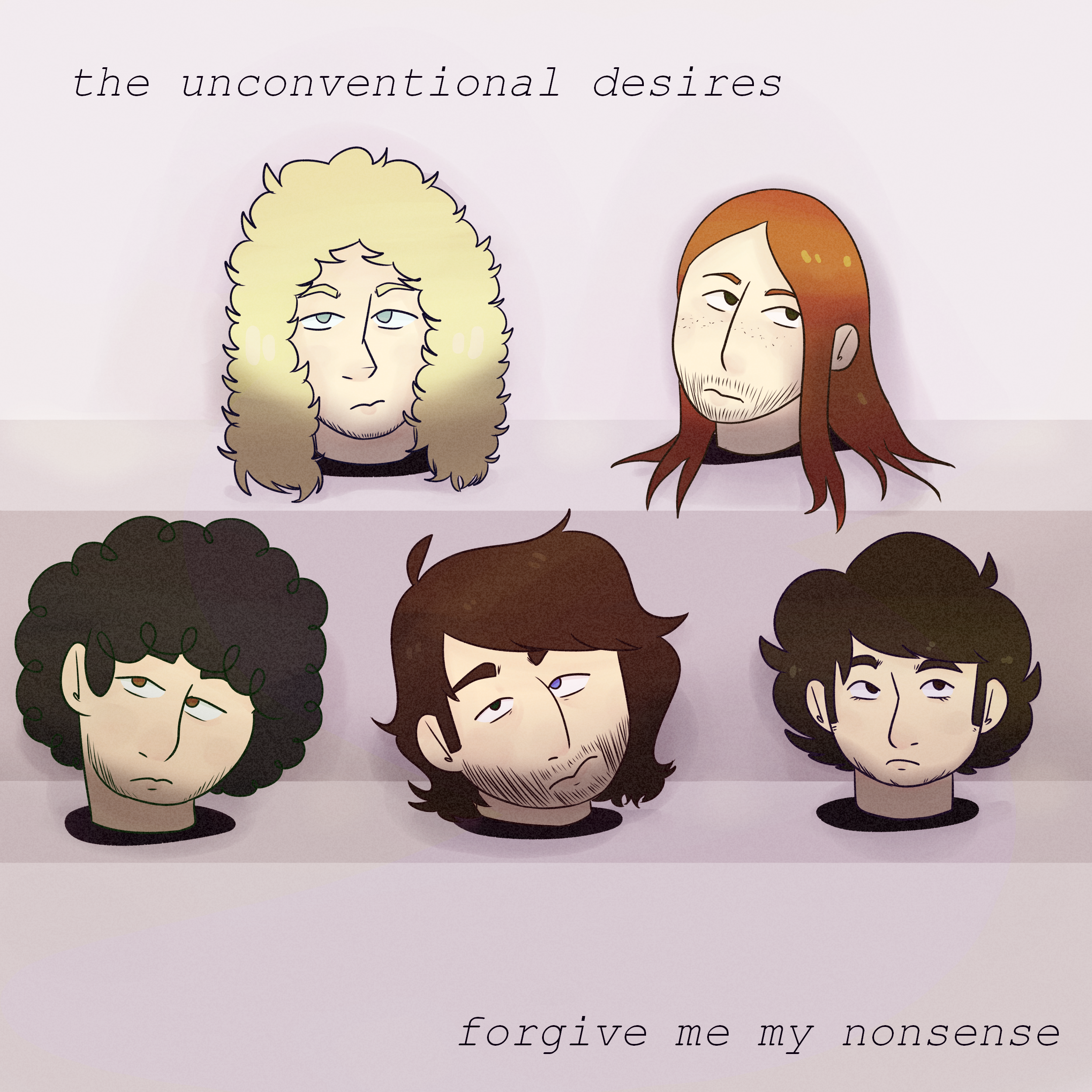
Following the success of The Western Front, the band began searching for ways to continue their rising stardom. During the West to East Tour of 1970, half a dozen songs were written by Aven, Maples, and Wilder, four of which would end up on their next album, and the remaining two on Promise to Write Home? and Zygote. Fueled by high creative energy and hefty amounts of cocaine and marijuana, as put by Wilder, the album was written, recorded, and mastered in just three months.
The band’s fourth album, Forgive Me My Nonsense was the first to truly embrace the hard rock sound that had been pioneered by bands such as The Who, Led Zeppelin, and Deep Purple. The sound would remain a hallmark through the band’s remaining albums. This sudden shift didn’t sit well with many fans, and the album was considered poorly made, despite rave reactions by music critics.
Promise to Write Home?
Continuing the trend set by their former album, new songs were penned while on tour. These were, as put by Maples, even more rushed and drug fueled. This sparked some tensions within the band for two reasons: the great creative pressure put on by management as well as Aven - the de facto leader - and the lack of input being taken from members other than the artistic powerhouse of Aven and Maples. However, this tension would not come to a head until a few years later.
Despite this, the band was able to create their fifth album between Moonlight Studios and various smaller studios in California during the American leg of the Forgive Me My Nonsense tour. The number of studios in combination with damage during transport created an album that was poorly mixed and mastered. This was pointed out by critics and became another point of strife within the band. The songs, however, were relatively well received due to the simplistic nature of the lyrics and the now-matured rock sound that was growing in complexity.
Zygote
Following the Writing Home Tour, the band took a short creative break in hopes to salvage their relationships, and reconvened for their next album in February of 1974. All five members had songs written, and for a short time, all was harmonious as they spent the next few weeks recording demos and testing out ideas. However, tempers flared once again over rights to have songs on said album, and not as B-Sides. Aven reportedly refused to settle for a B-Side, given his previous successes with singles, but Gilbert insisted on being given a chance, and gave an ultimatum: his song would be a single, or he would walk out.
Not wanting to lose their guitarist over this, Gilbert’s song Kill the Sun was allowed to be released as a single, being backed by the Aven-Maples composition Whippoorwill. The single was met with warm praise, likened to the style of The Doors, and peaked at number three in the U.S.. The album would be released formally on 9 December 1974, and was well received by critics and fans alike. Both the band and management hoped it would be a “comeback” after their two lukewarm records.
1975-78: Post-Gilbert Years
Some Sunny Day and Gilbert's death
Recording for Some Sunny Day, with the working title “Casket Base” began 21 July 1975 at the new Moonlight Studios located in Manchester, with demos of Casket Base and Daydream being produced over the following weeks. There were also a number of tracks that were not released with the finished album. Lyrics focused on the theme of mental health, and the album cover would have reportedly featured all five members in brightly colored straight jackets in a field of poppies.
On 27 October 1975, the band took a short break from recording that would resume on 10 November. During this break, Gilbert took a flight to Los Angeles, California, where it is assumed he stayed with a number of friends who supplied him with cocaine and other stimulants. In the early hours of 5 November, Gilbert was walking home from a friend’s home, was confronted, and then shot in the abdomen multiple times by Darby Artwright, who was later apprehended. He claimed he did not know Gilbert and had assaulted him in a case of mistaken identity. He later received a minimum sentence of forty years without possibility of parole, and has yet to be released. Paramedics were called by a passerby, though Gilbert was declared dead upon arrival to the hospital. He was-twenty six years old.
Recording was halted by the band while investigations went underway and so the remaining members had time to cope. During Gilbert’s autopsy, his birth sex was revealed and subsequently released to the public, which led to a large deal of criticism by the media.
The band’s image slowly recovered, though they refused to comment on the circumstances of Gilbert’s death or his gender identity. Recording of the album, renamed Some Sunny Day in memory of their guitarists’ favorite song, resumed 8 March 1976. It was finished with the remaining guitar tracks laid out by Gilbert, and a cover of Some Sunny Day (song) by Vera Lynn was added as the final track, guitar laid out by Aven. It was released on 5 October 1976, which would have been Gilbert’s 27th birthday. There was no tour to promote the album.
Actinium, Zirconium
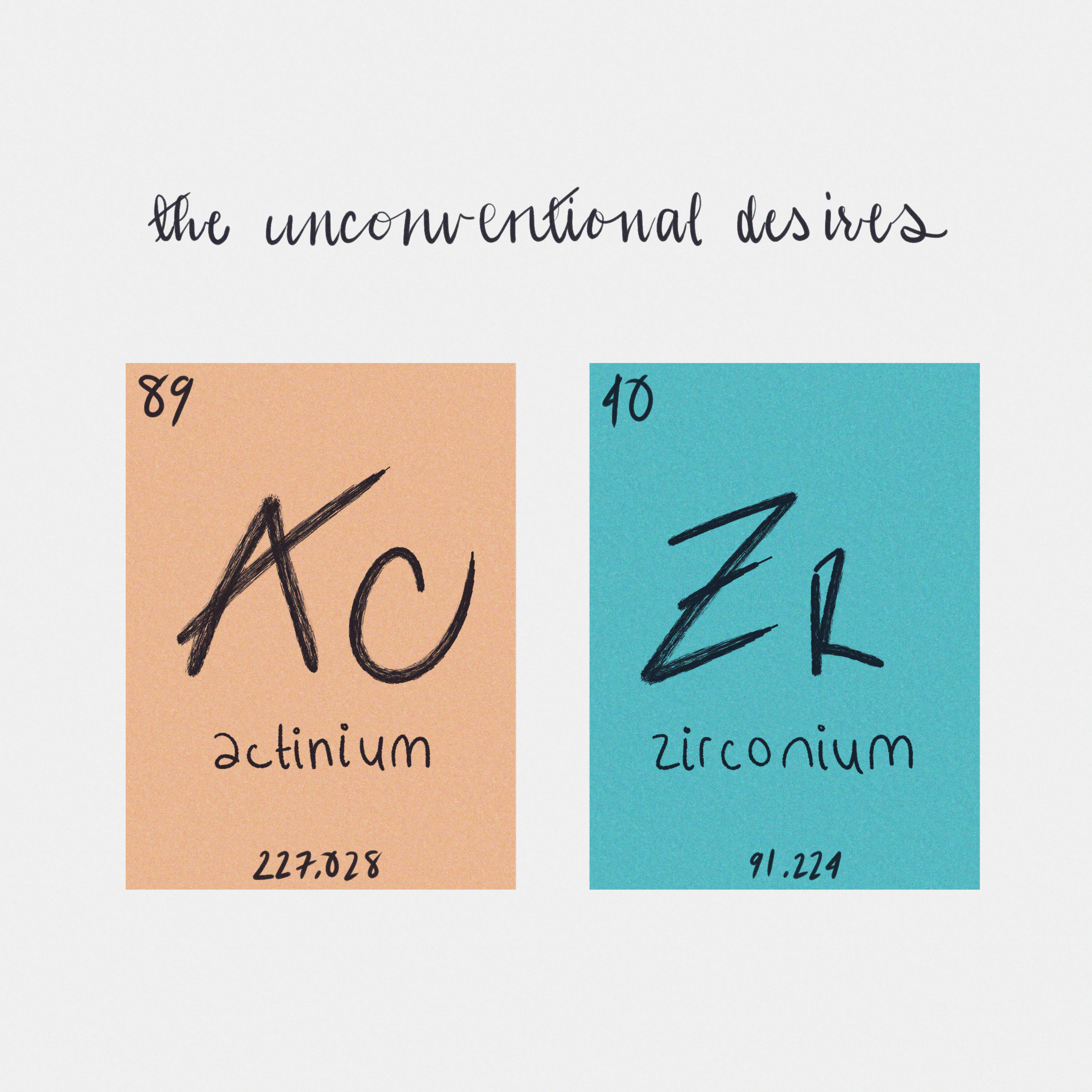
With a lack of funds produced by a tour and poor reception for Some Sunny Day, production of another album began in the early spring of 1978. A number of tracks which had been scrapped during the recording of Some Sunny Day were reworked, and the result was a pseudo-concept album titled Actinium, Zirconium, featuring six tracks, each titled after an element (or, in the single “Gold and Silver”’s case, two) and arranged in alphabetical order. According to Aven, primary songwriter with the exception of two tracks, this was a deliberate move, highlighting “an illogical logic, an arrangement of objects in a way that makes sense but isn’t ever seen“. This is in reference to the fact that elements on the Periodic Table are arranged by atomic number and not by alphabet. Following the releases of the singles “Gold and Silver” and “Oxygen”, the album was released on 12 December 1978. It was panned by critics, and considered rushed and empty. A short promotional tour of the United Kingdom, Europe, and The United States took place between February and June 1979. It would prove to be the final tour of the band.
Official Breakup
At the close of the Actinium, Zirconium tour, the band made no indication of further music. There was a lull between June and September 1979, and on 6 October 1979, a formal announcement of a break up was announced via a statement by Moonlight Records. In it, the band stressed that it was a mutual, amicable decision but that there were no plans on any more music or a farewell tour.
Aven would go on to release his final solo album Hollyhock (1979). Maples worked with various artists as a session bassist and produced his own solo work with his wife Mary White in their band Five of Pentacles. Sjöberg and Wilder both worked as session musicians but did not produce any solo work. Wilder toured with various bands as a touring drummer.